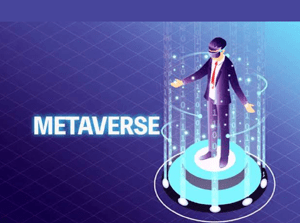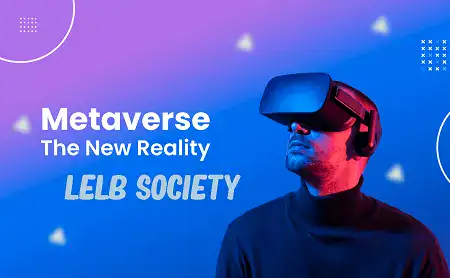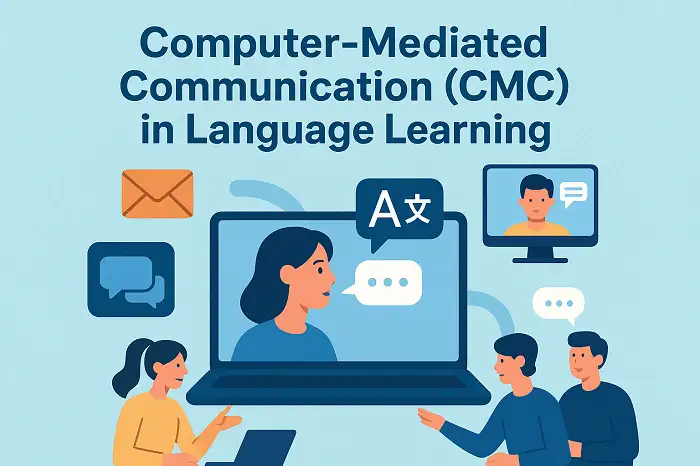Table of Contents
English presentation on metaverse and new reality on the internet with reading comprehension given by LELB Society’s students and members with feedback. Join LELB Society’s students and members and give unlimited presentations in both English and Persian.
English presentation on metaverse
Reading practice on metaverse
What is the metaverse?

The metaverse concept isn’t new. It was first described in the 1992 novel Snow Crash. Several companies later developed online communities based on the concept. Mind-Body Connection IELTS Listening Reading PracticeIn the metaverse, people use avatars to represent themselves, communicate with each other and virtually build out the community. In the metaverse, digital currency is used to buy clothes, and the like. Users can also virtually travel through the metaverse for fun with no goal in mind using a virtual reality headset and controllers.
Immersive Social Media

One way to think about the metaverse is as an amalgamation of gaming, productivity tools, e-commerce, and extended reality (XR) – which includes both virtual reality (VR) and augmented reality (ARAR 0.0%) and, of course, social media.
Gaming, productivity tools, and e-commerce provide us with activities to keep us busy in the metaverse – working, playing, and shopping. XR features ensure it is immersive and provides us with a heightened sense of “being there.” And elements of social media ensure that the experiences are connected to the real world – because we will be sharing them with real people.
Gaming after Metaverse

The recent evolution in the gaming industry has brought along the Metaverse games. Players are entering into the real of Metaverse to experience next-level gaming. While Metaverse can either be centralized or decentralized, gaming companies focus more on decentralized projects since the future is decentralized. Stick around to visualize the Metaverse games and help players understand how it works.
- Characters in the Metaverse games are regulated through players’ unique avatars, the virtual representation of real identities. These characters live in Metaverse exactly how people live in the real world.
Metaverse games are based on the play-to-earn concept that allows players to win virtual gaming items and sell them to earn real-world money. - Players can invite their social media friends, interact with other players inside the Metaverse, and collaborate to enjoy the games together.
- Since Metaverse leverages technologies AR and VR to create a more organic experience, players feel a lifelike experience exactly how they feel in the real world.
- Metaverse gaming platforms are interoperable, allowing players to move their gaming items from one space to another without any major change.
Protecting data in virtual reality

Virtual reality systems work by capturing extensive biological data about a user’s body, including pupil dilation, eye movement, facial expressions, skin temperature, and emotional responses to stimuli. Spending just 20 minutes in a VR simulation leaves nearly 2 million unique recordings of body language.
Existing data protection frameworks are woefully inadequate for dealing with the privacy implications of these technologies. Data collection is involuntary and continuous, rendering the notion of consent almost impossible. Research also shows that five minutes of VR data, with all personally identifiable information stripped, could be correctly identified using a machine learning algorithm with 95% accuracy. This type of data isn’t covered by most biometrics laws.



